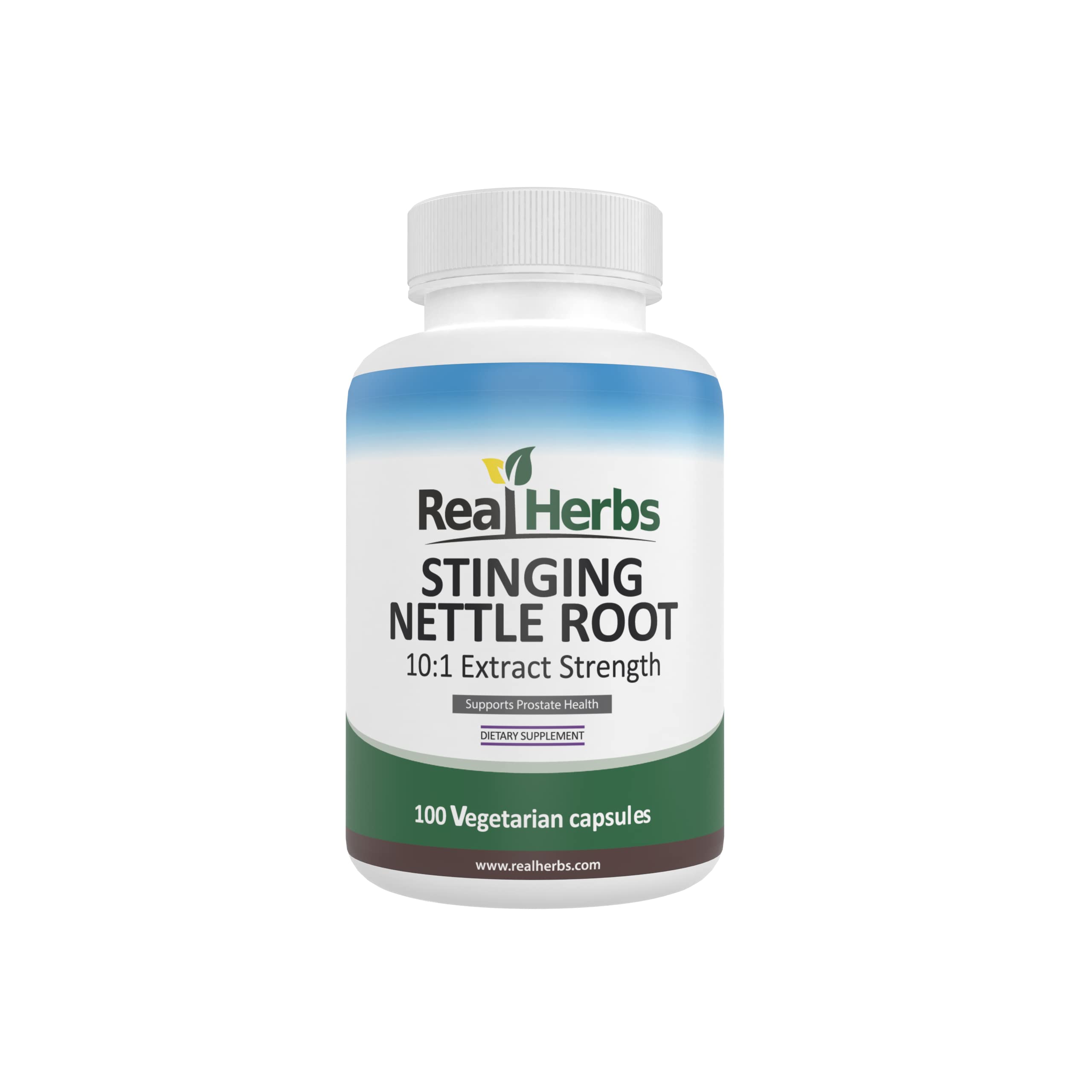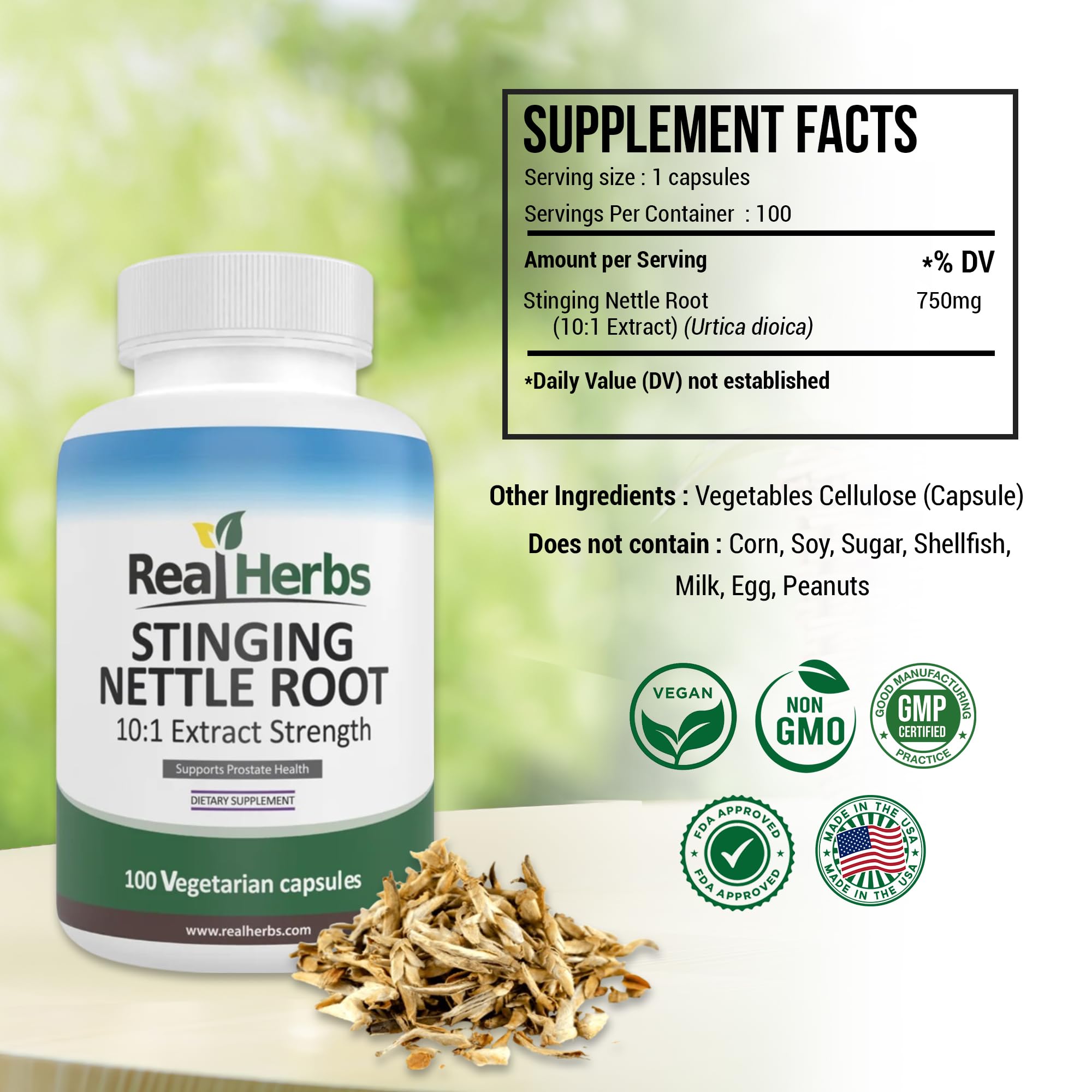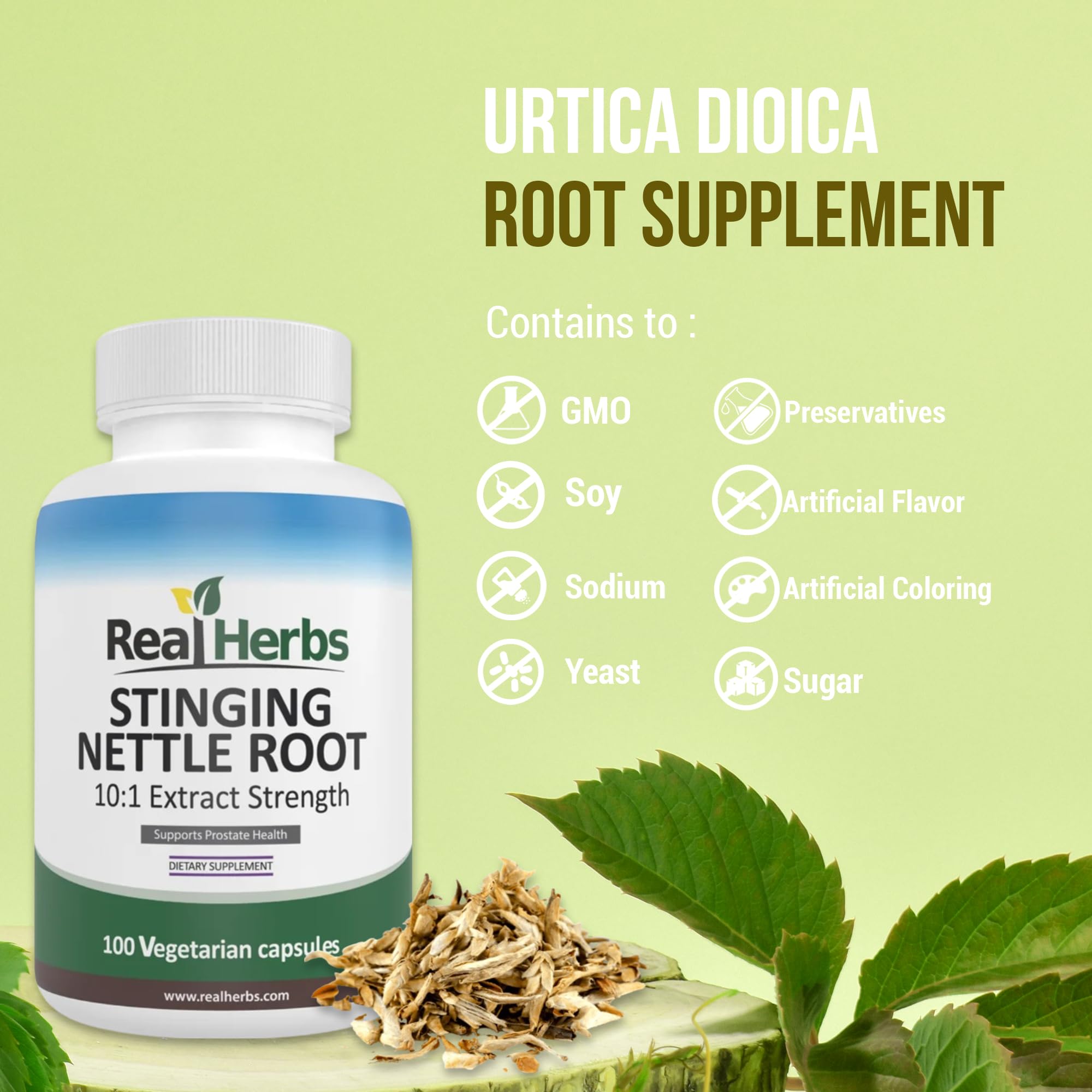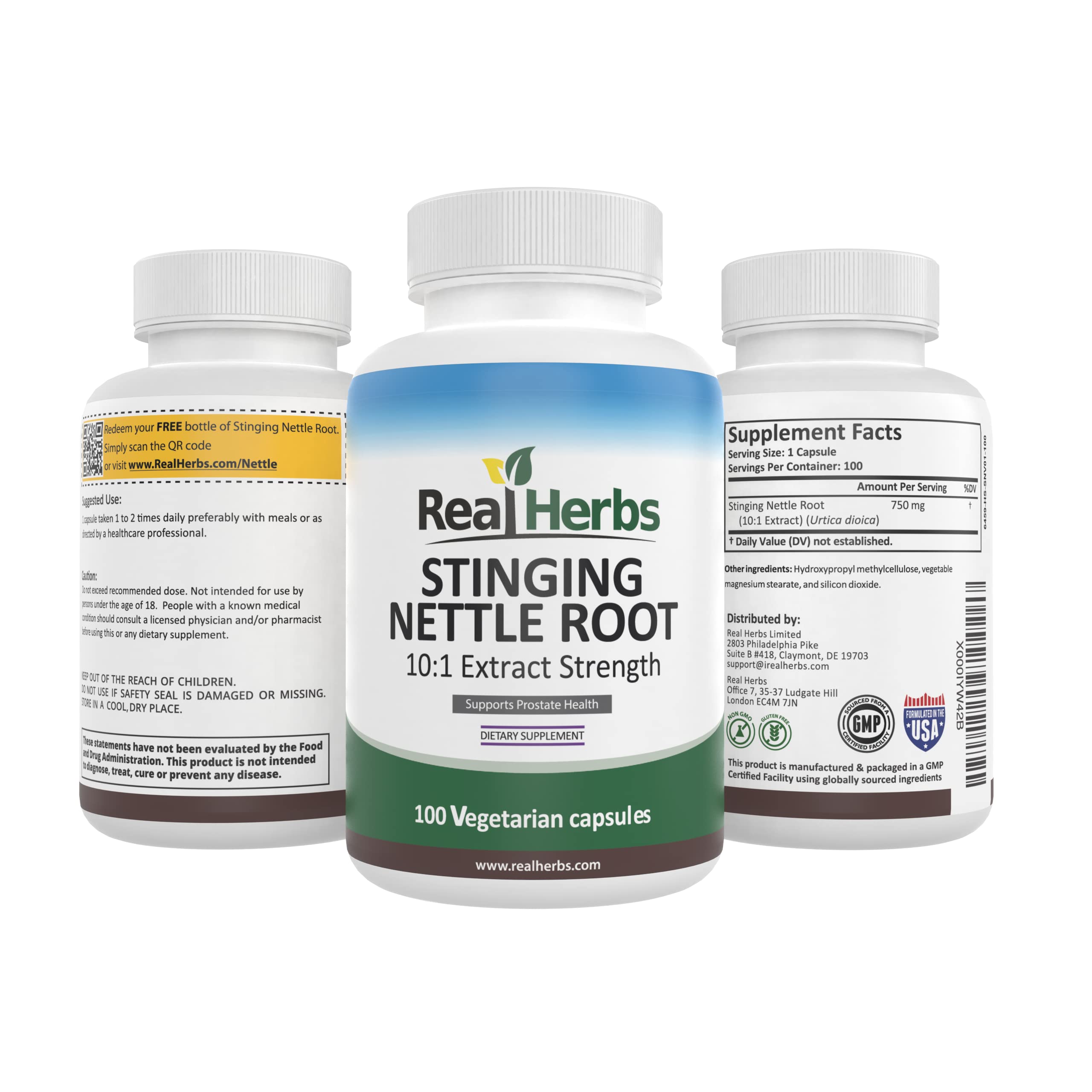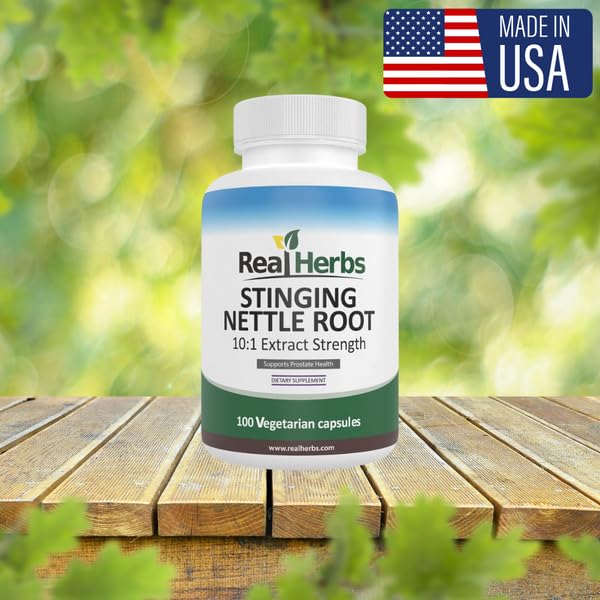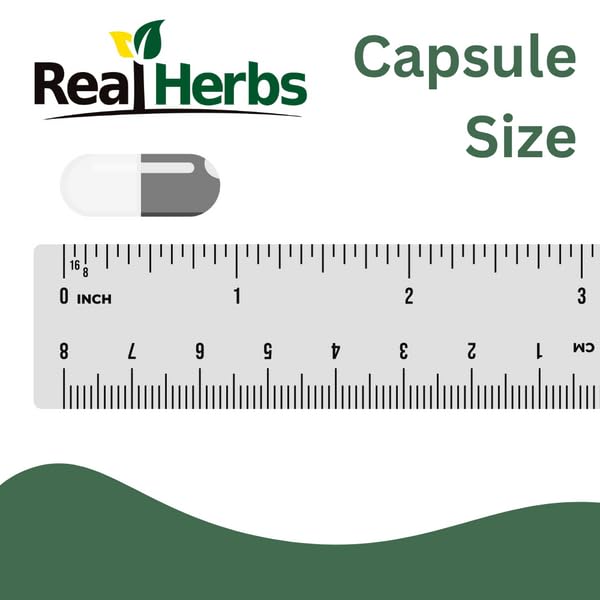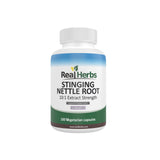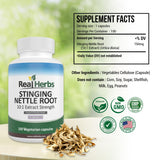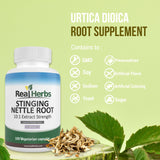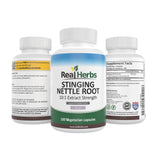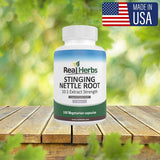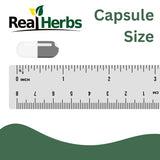Stinging Nettle Root: The Natural Solution for Improving Joint Health and Reducing Inflammation
Joint pain is a common problem that can cause discomfort and make daily activities difficult. It can affect people of all ages and be caused by a number of factors including inflammation, arthritis, and injuries. Swelling, stiffness, and difficulty moving the affected joint may accompany the pain, which can range from mild to severe. Many people seek relief from over-the-counter or prescription medications, but these can have negative side effects such as stomach irritation, drowsiness, and addiction.
As a result, many people are looking for natural ways to relieve joint pain. Stinging nettle root, for example, has been used for centuries to relieve joint pain and improve overall joint health. In this article, we will look at the history, mechanisms of action, and research on stinging nettle root as a treatment for joint pain, as well as suggest a dosage for those who want to give it a try. So, if you have joint pain and want to find a natural way to relieve it, keep reading to learn more about stinging nettle root and how it can help.
History
Urtica dioica (stinging nettle) is a perennial plant native to Europe, Asia, and North America. It has been used for centuries for medicinal purposes, dating back to ancient Greece and Rome. The plant's root is especially beneficial due to its anti-inflammatory and pain-relieving properties. Stinging nettle root has long been used to treat a wide range of ailments, including allergies, urinary tract problems, and joint pain.
How it works
Several active compounds in stinging nettle root contribute to its therapeutic effects. Lignans, flavonoids, and saponins are among the compounds that have been shown to have anti-inflammatory and analgesic (pain-relieving) properties.
Lignans are plant compounds that have anti-inflammatory properties. They may function by preventing the production of pro-inflammatory compounds like prostaglandins, which contribute to inflammation and pain in the body.
Flavonoids are plant pigments with antioxidant properties. They may aid in the reduction of inflammation and pain by neutralizing free radicals and inhibiting the production of pro-inflammatory compounds.
Saponins are a type of plant compound that has anti-inflammatory and analgesic properties. They may work by reducing swelling and inflammation in the joints and inhibiting the production of pro-inflammatory compounds.
Stinging nettle root also contains compounds that may aid in the reduction of joint swelling and inflammation. It has been shown, for example, to inhibit the activity of cyclooxygenase (COX), an enzyme involved in the production of prostaglandins. Stinging nettle root may help to reduce joint inflammation and pain by inhibiting COX.
Overall, the active compounds in stinging nettle root work together to reduce inflammation and pain in the body, making it an effective natural treatment for joint pain.
Studies and Results
Several studies on the effectiveness of stinging nettle root for joint pain have been conducted. A meta-analysis of 11 clinical trials found that stinging nettle root reduced pain and improved function in people with osteoarthritis. The studies included in the review used stinging nettle root in a variety of doses and formulations, and the majority of them found it to be well-tolerated with few side effects.
Another study published in the journal Phytotherapy Study found that a combination of stinging nettle root and other herbs reduced pain and improved mobility in people with rheumatoid arthritis. The study included 80 people with rheumatoid arthritis who received an 8-week treatment of stinging nettle root, licorice root, and guaiacum officinale. The combination was effective at reducing pain and improving mobility, and it was well-tolerated with no serious side effects, according to the researchers.
Aside from these studies, there is some evidence from animal and laboratory studies that stinging nettle root has anti-inflammatory and analgesic properties. While more research is needed to fully understand the mechanisms underlying these effects, these findings suggest that stinging nettle root may be a useful natural option for joint pain relief.
Overall, the research on stinging nettle root for joint pain is promising, but more research is needed to confirm its efficacy and determine the best dosage and formulation.
Recommended Dosage:
The recommended dosage of stinging nettle root for joint pain varies depending on the form and product used. Capsule dosages, for example, can range from 50 to 200 mg, taken two to three times per day. Before taking stinging nettle root, it is critical to follow the dosage instructions on the product label and to consult with a healthcare provider.
Conclusion:
Stinging nettle root is a natural alternative for joint pain relief and overall joint health. It has a long history of use and has been shown in several clinical trials to be effective. While more research is required to fully understand the mechanisms underlying its therapeutic effects, stinging nettle root may be a safe and effective option for those seeking joint pain relief.
References:
- Chrubasik S, Zvezdin B, Chrubasik J. A systematic review on the effectiveness of herbal anti-inflammatory drugs. Phytotherapy Research. 2005;19(2):148-155.
- Schultze-Werninghaus G, Kamin W, Selbmann HK, Rücker G. The anti-inflammatory activity of a Urtica dioica root extract is based on the modulation of the arachidonic acid pathway. Planta Medica. 1999;65(6):525-529.
- Schultze-Werninghaus G, Kamin W, Selbmann HK, Rücker G. The anti-inflammatory activity of a Urtica dioica root extract is based on the modulation of the arachidonic acid pathway. Planta Medica. 1999;65(6):525-529.
- Chrubasik S, Chrubasik J. Efficacy of herbal anti-inflammatory drugs in the treatment of painful osteoarthritis and chronic low back pain. Phytotherapy Research. 2007;21(5):401-408.

